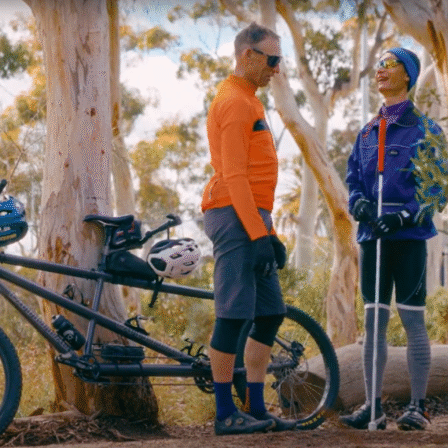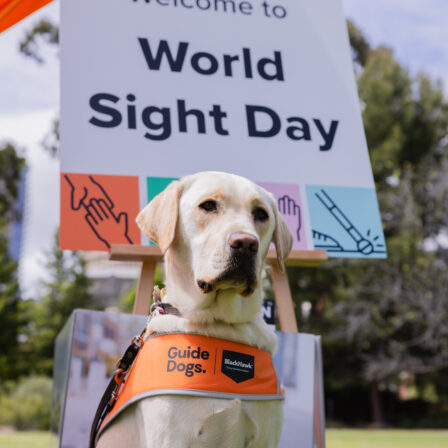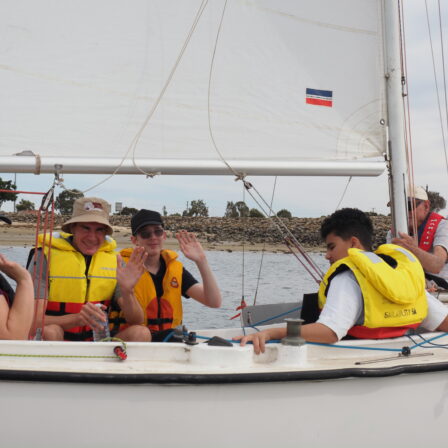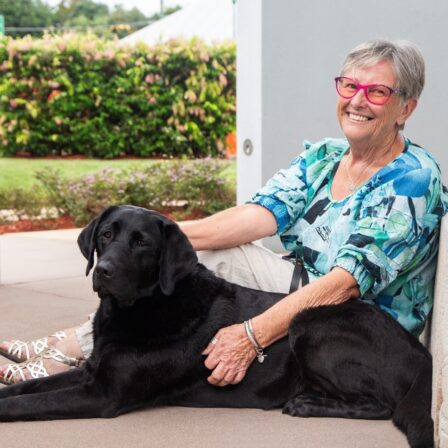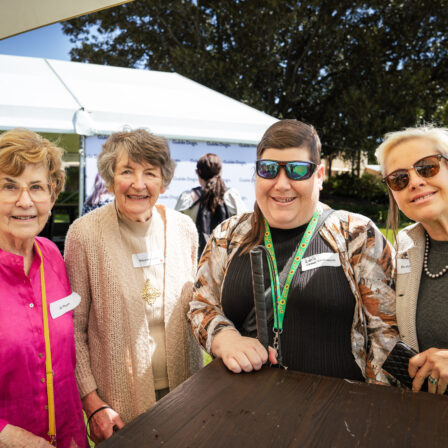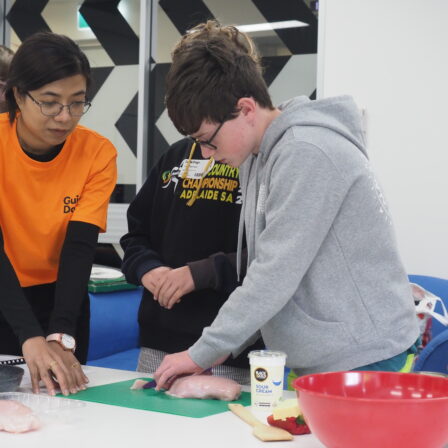News
Technology changes the lives of those with vision impairment
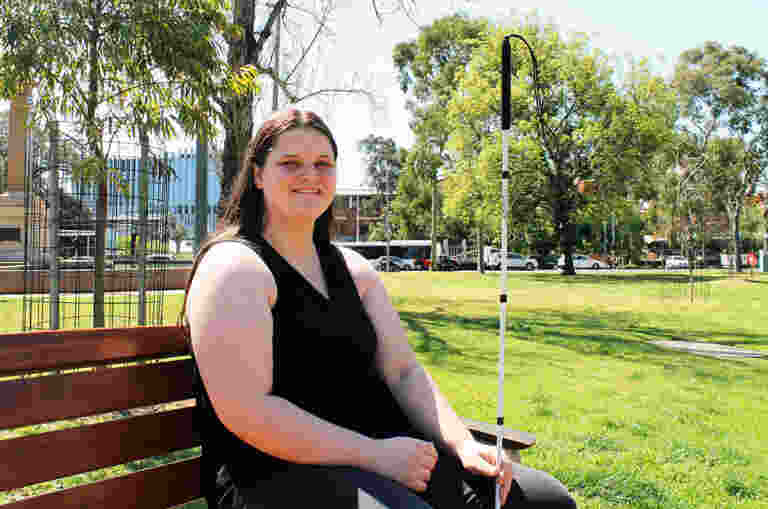
Guide Dogs Australia is marking International White Cane Day with the launch of a nationwide awareness campaign aimed at celebrating how people living with vision impairment achieve independence in their everyday lives.
A new survey by Guide Dogs Australia has revealed nine out of 10 people with vision impairment feel the general public does not understand how they use technology to enable their independence. The survey asked 564 people about their experiences using technology to support navigation and mobility.
It also found that nine out of 10 people with vision impairment use technology to enhance their connection with the community, and around seven out of ten report that assistive technology complements traditional mobility tools like their white cane.
These results highlight the need for greater community awareness of assistive technology and its important role in supporting independence and social inclusion for people with vision impairment.
Assistive technologies such as smartphones, audio description, screen reading software, voice technology and screen magnification software were some of the technologies respondents use to assist with mobility and daily living.
Guide Dogs SA/NT client and mum, Lisa Pearce, who has 10 percent vision, says apps on her smartphone help her maintain her independence when out in her community, but people are quick to assume she is not vision impaired.
“Members of the public often think people using a cane or a Guide Dog are totally blind. They might not understand that there are degrees of vision impairment. It can be very difficult.
“People come up to me and say ‘you’re not blind’ and I can tell the difference in their tone of voice when they’re trying to understand, so I’m happy to help educate them.
“It’s important that people don’t assume our level of vision or our abilities. People with vision impairment have children, we have families, we use technology, we do everything everyone else does. We just don’t see as well as some people,” Lisa says.
Guide Dogs SA/NT Chief Executive Officer, Mr Aaron Chia, says World Sight Day and International White Cane Day presents a good opportunity to educate the community about the way people with vision impairment use technology in their everyday lives to complement traditional mobility aids.
“Technology is opening the world for people living with vision impairment. Everyday apps and devices like smartphones and GPS technology are important navigation tools for our clients, but they’re often not considered to be assistive technology because everyone uses them for different purposes,” he says.
In addition to connecting people with vision impairment to their loved ones and the community, the survey revealed technology also enables access to employment and education, assists with navigation within the community, supports completion of daily living and household chores and connects the person to information and entertainment.
It’s these areas of independence, assisted by technology that contribute to positive social impact.
“We also want people to know that, while training Guide Dogs is an important part of our work and what most people may know us for, some of our most widely-accessed services include training with white canes and assistive technology for not only people who are blind, but those with low vision too,” Mr Chia explains.

